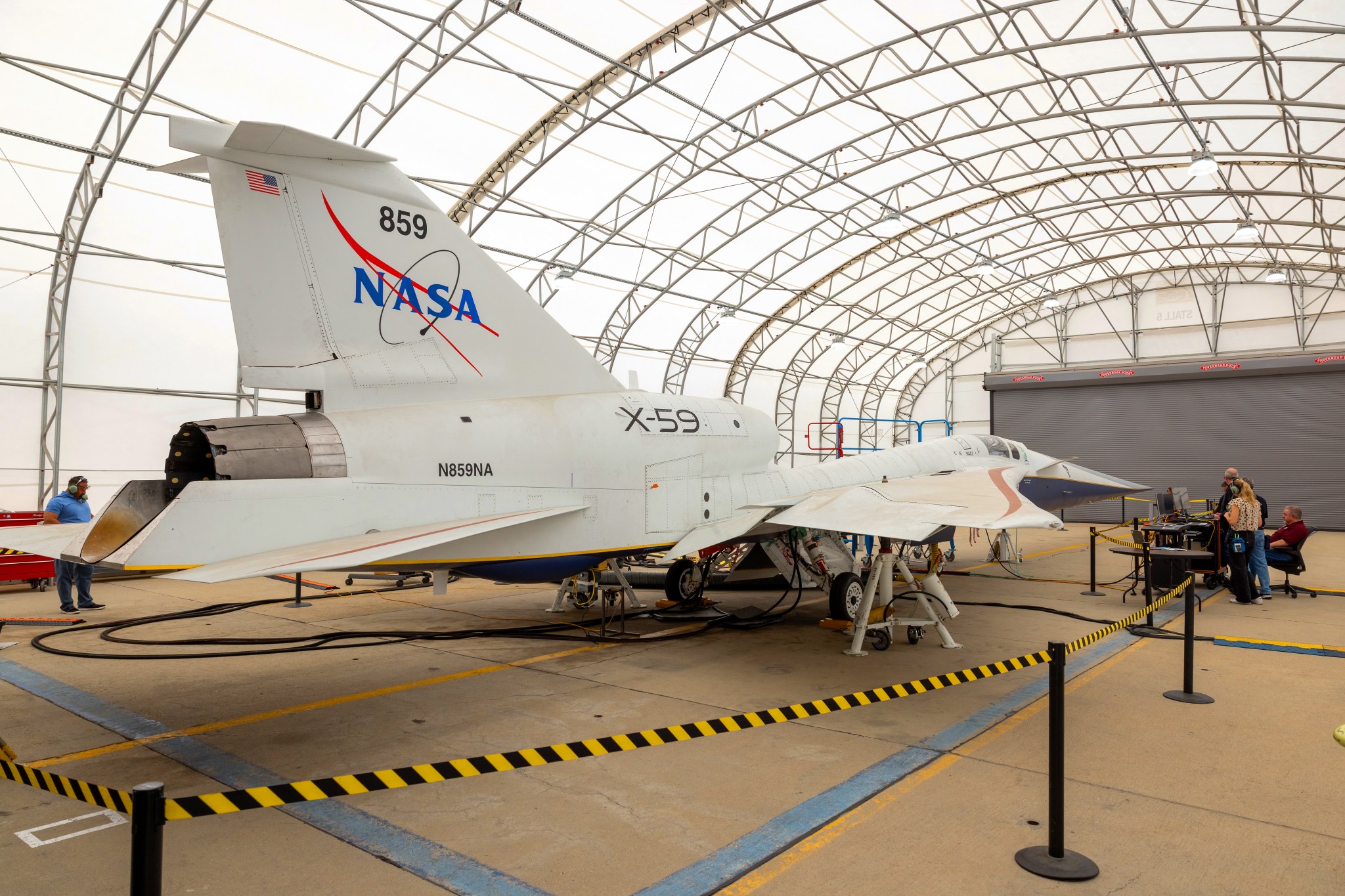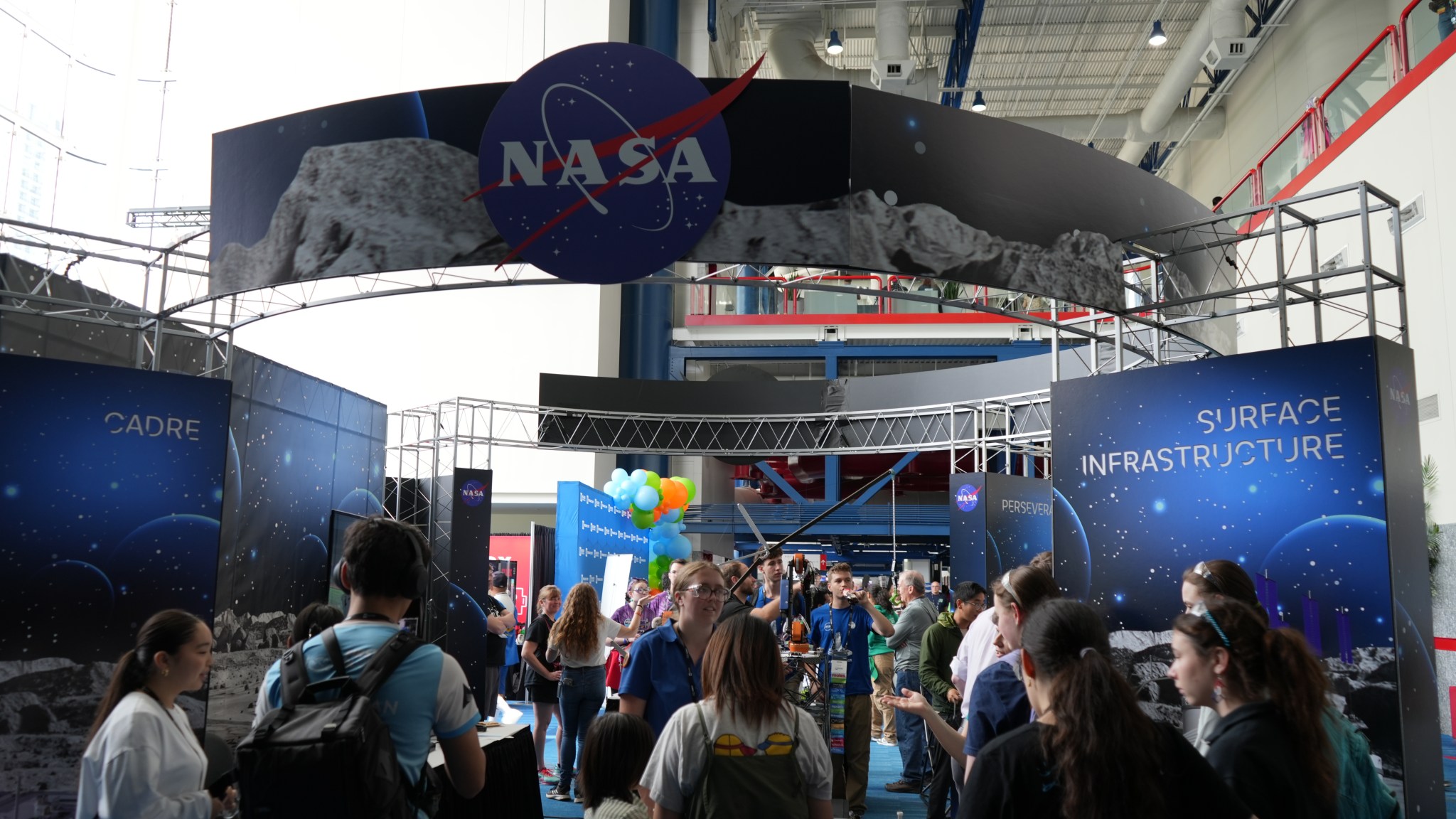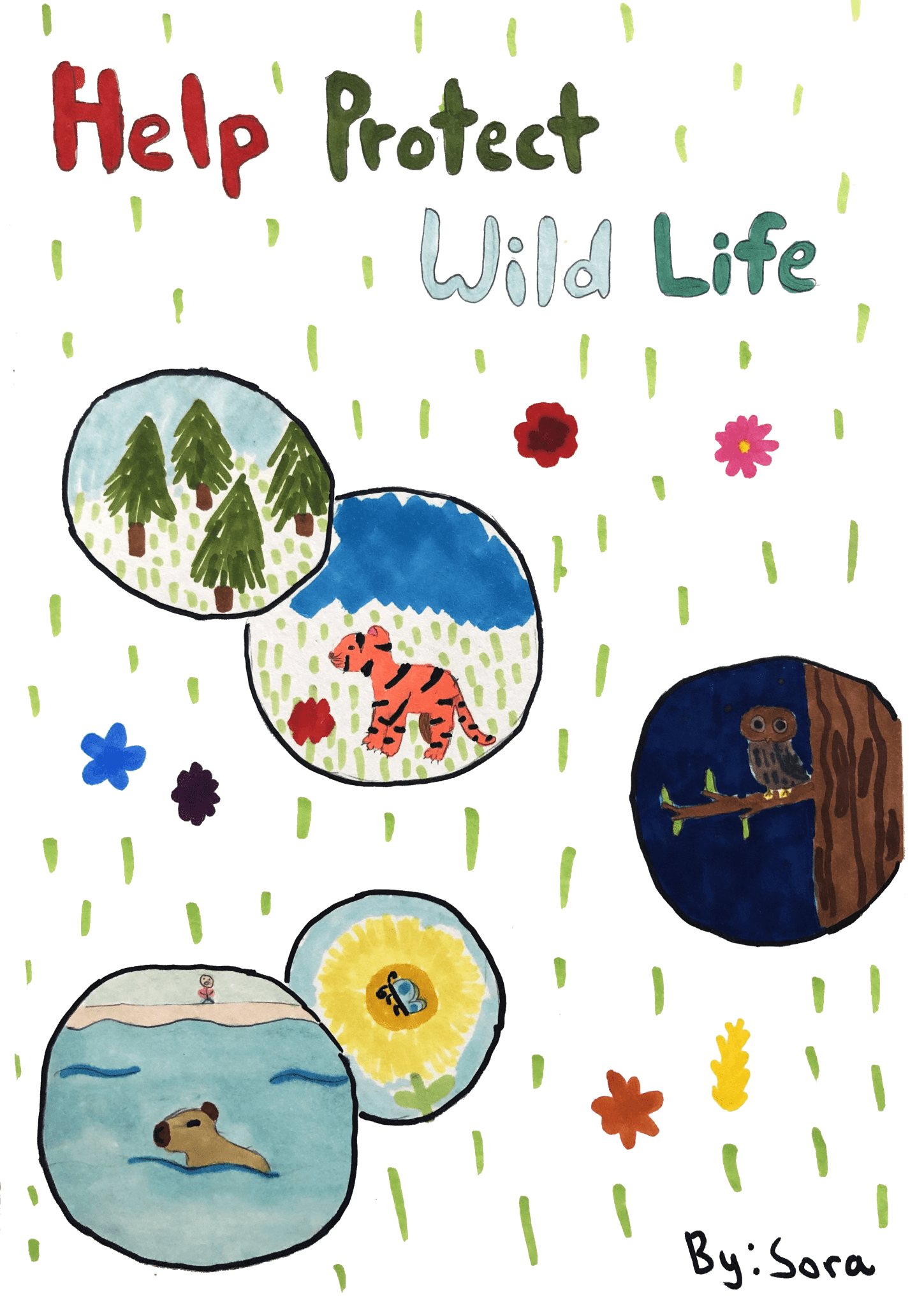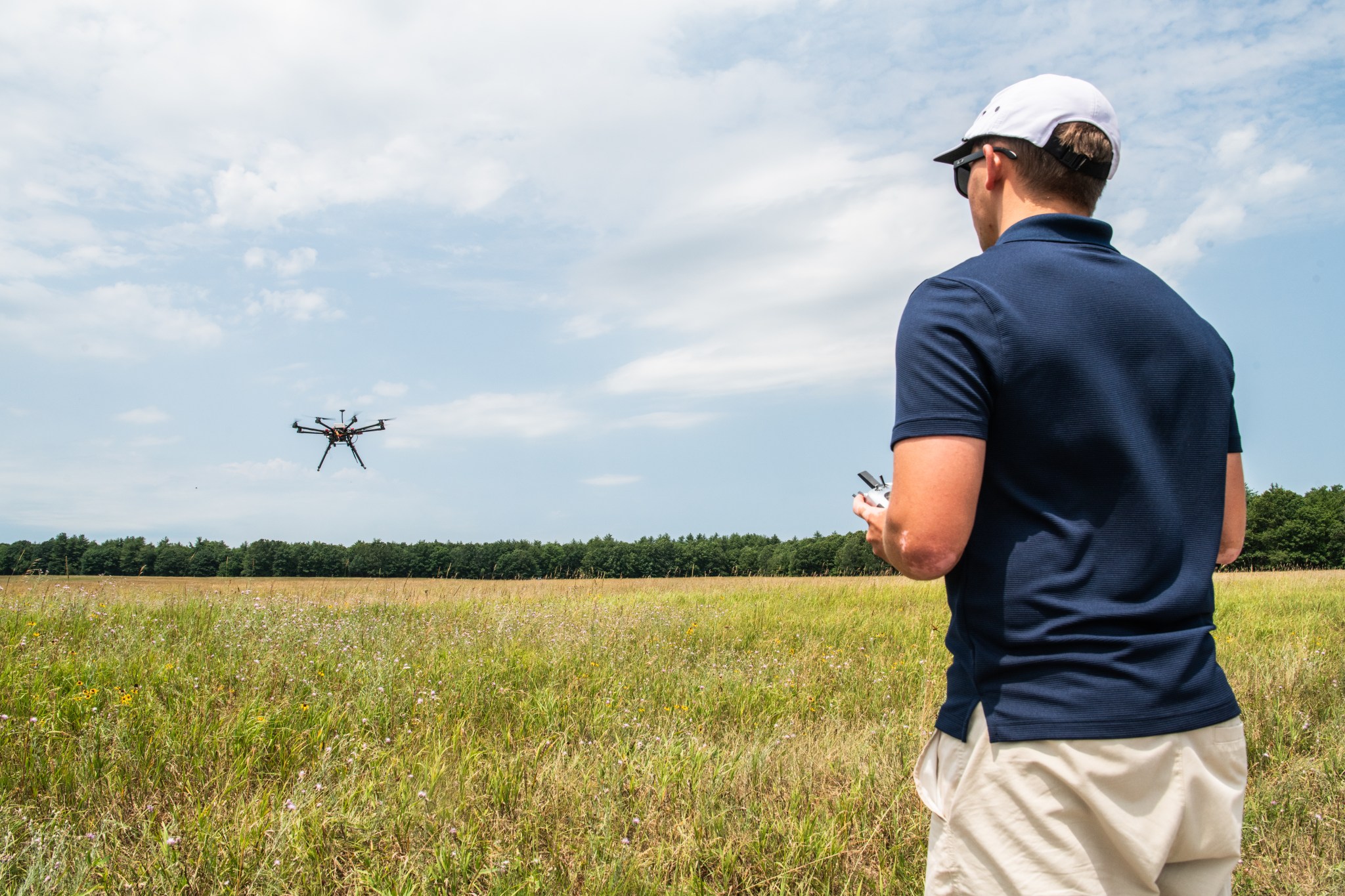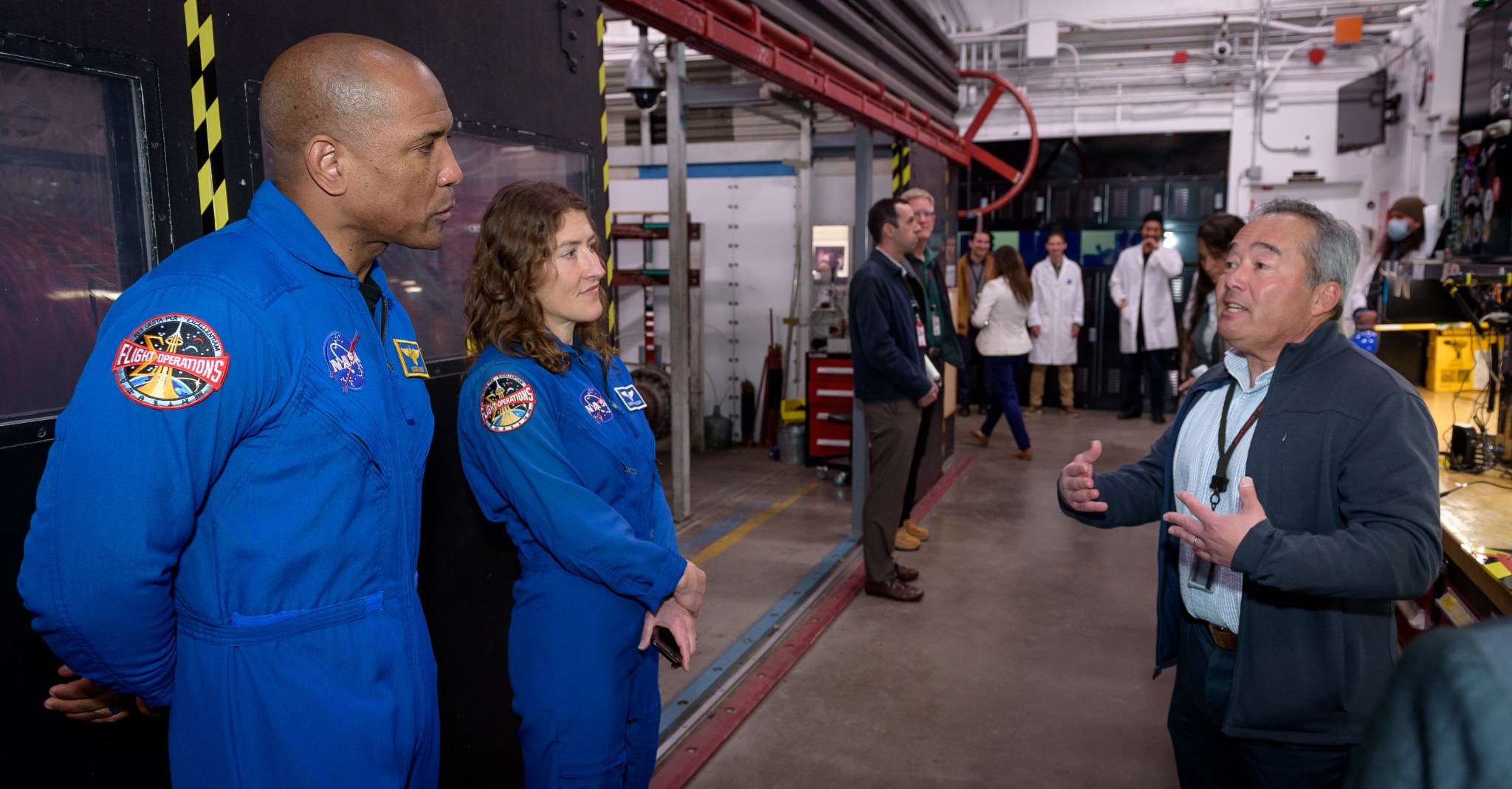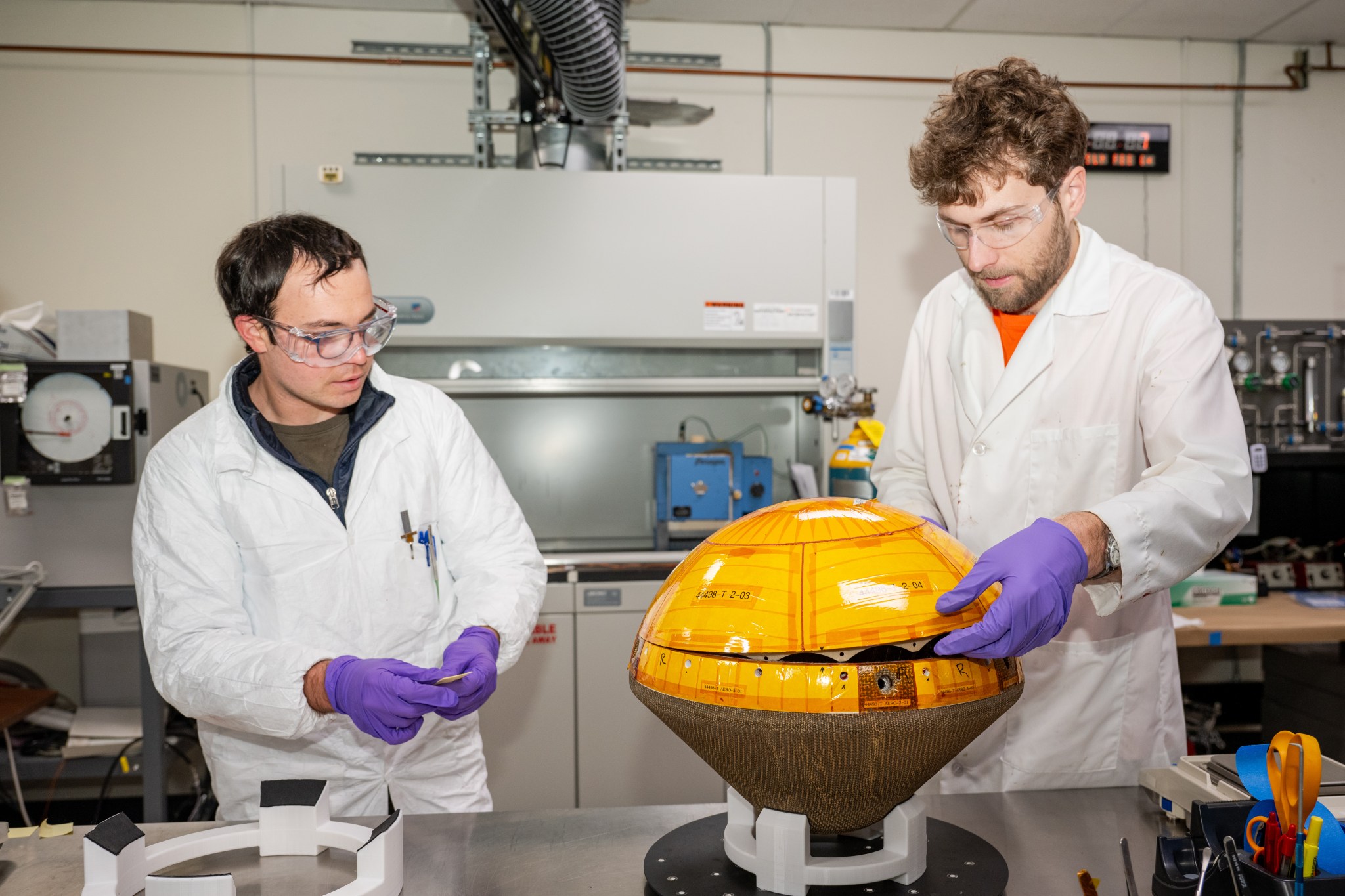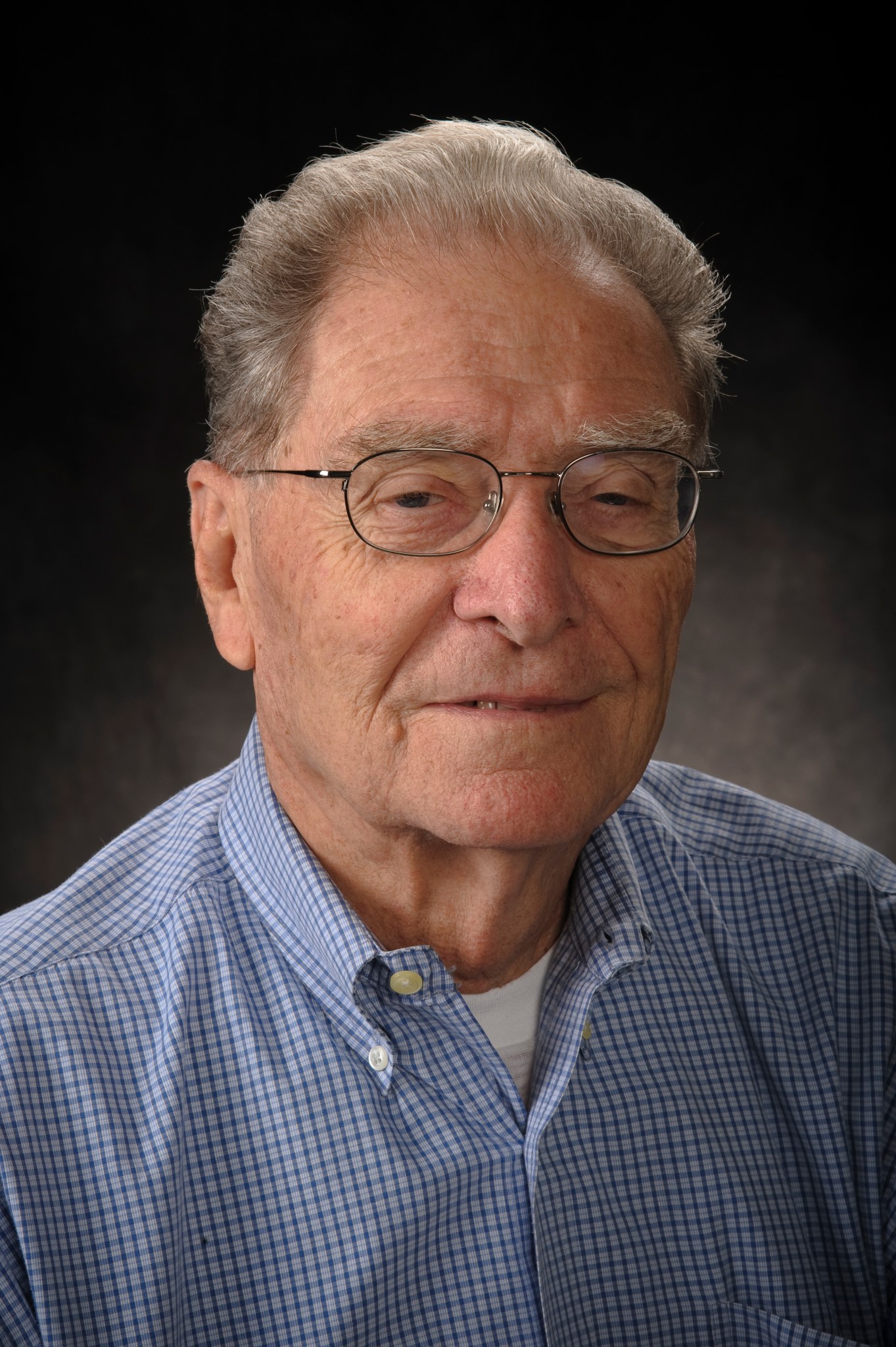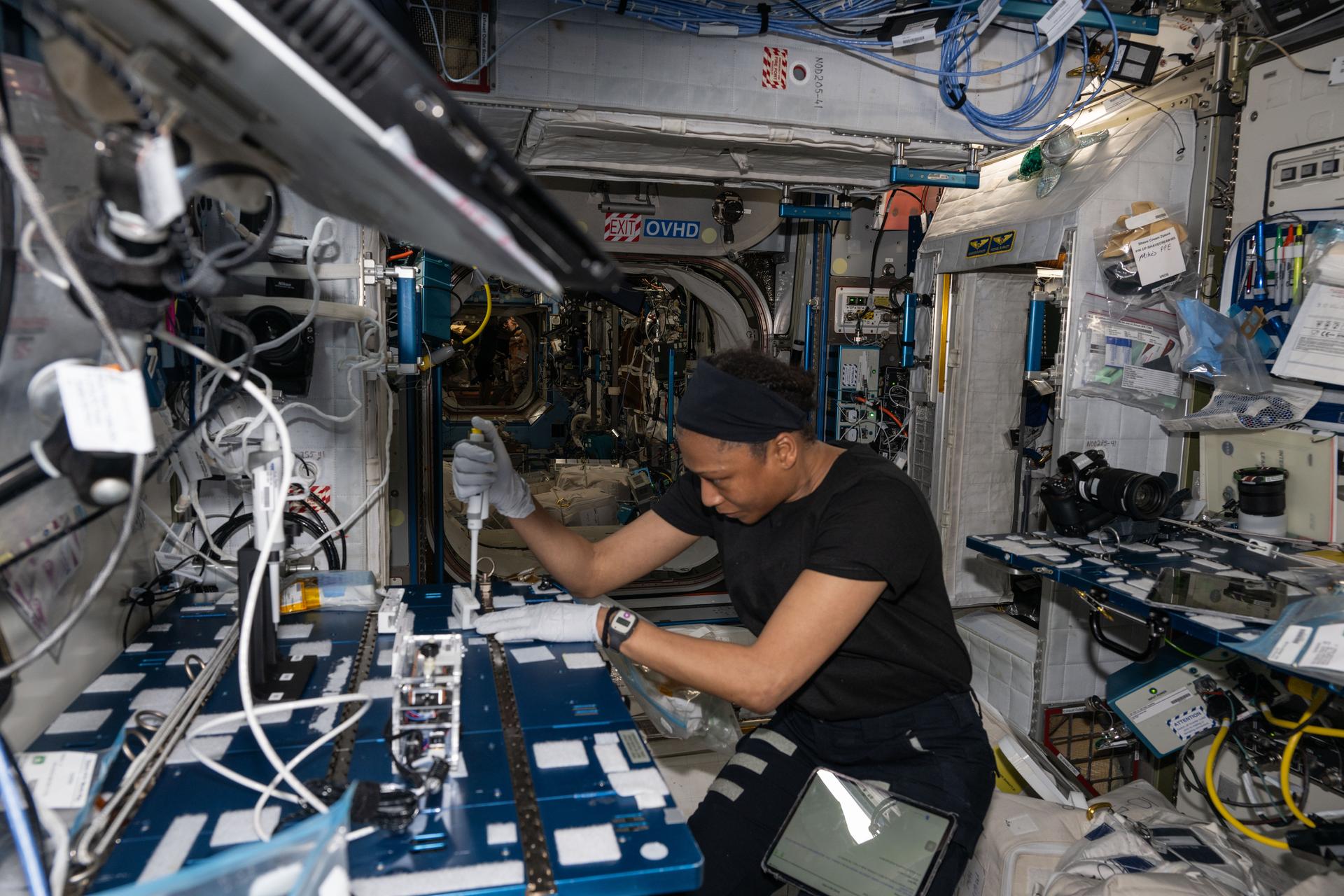5 min read Preparations for Next Moonwalk Simulations Underway (and Underwater) NASA’s X-59 quiet supersonic research aircraft is seen during its “aluminum bird” systems testing at Lockheed Martin’s Skunk Works facility in Palmdale, California. The test verified how the aircraft’s hardware and software work together, responding to pilot inputs and handling injected system failures. Lockheed Martin / Garry Tice NASA’s X-59 quiet supersonic research aircraft successfully completed a critical series of tests in which the airplane was put through its paces for cruising high above the California desert – all…
Read MoreTag: Ames Research Center
Robots, Rovers, and Regolith: NASA Brings Exploration to FIRST Robotics 2025
What does the future of space exploration look like? At the 2025 FIRST Robotics World Championship in Houston, NASA gave student robotics teams and industry leaders a first-hand look—complete with lunar rovers, robotic arms, and real conversations about shaping the next era of discovery. Students and mentors experience NASA exhibits at the 2025 FIRST Robotics World Championship at the George R. Brown Convention Center in Houston from April 16-18. NASA/Sumer Loggins NASA engaged directly with the Artemis Generation, connecting with more than 55,000 students and 75,000 parents and mentors. Through…
Read MoreEarth Science Showcase – Kids Art Collection
1 min read Preparations for Next Moonwalk Simulations Underway (and Underwater) On April 16, 2025, the Earth Science Division at NASA’s Ames Research Center in Silicon Valley held an Earth Science Showcase to share its work with the center and their families. As part of this event, kids were invited to share something they like about the Earth. These are their masterpieces. Sora U. Age 9. “Wildlife” Sora U. Age 9. “Wildlife” Wesley P. Age 2.5. “Pale Blue” Wesley P. Age 2.5. “Pale Blue” Kira U. Age 5. “Hawaii” Kira…
Read MoreNASA Studies Wind Effects and Aircraft Tracking with Joby Aircraft
3 min read Preparations for Next Moonwalk Simulations Underway (and Underwater) One of several NASA distributed sensing ground nodes is set up in the foreground while an experimental air taxi aircraft owned by Joby Aviation sits in the background near NASA’s Armstrong Flight Research Center in Edwards, California, on March 12, 2025. NASA is collecting information during this study to help advance future air taxi flights, especially those occurring in cities, to track aircraft moving through traffic corridors and around landing zones. NASA/Genaro Vavuris NASA engineers began using a network of…
Read MoreNASA Makes Progress on Advanced Drone Safety Management System
4 min read Preparations for Next Moonwalk Simulations Underway (and Underwater) A Massachusetts Institute of Technology Lincoln Laboratory pilot controls a drone during NASA’s In-Time Aviation Safety Management System test series in collaboration with a George Washington University team July 17-18, 2024, at the U.S. Army’s Fort Devens in Devens, Massachusetts. MIT Lincoln Laboratory/Jay Couturier From agriculture and law enforcement to entertainment and disaster response, industries are increasingly turning to drones for help, but the growing volume of these aircraft will require trusted safety management systems to maintain safe operations.…
Read MoreArtemis Astronauts & Orion Leadership Visit NASA Ames
2 min read Preparations for Next Moonwalk Simulations Underway (and Underwater) Astronauts Victor Glover and Christina Koch tour the Arc Jet Facility at NASA’s Ames Research Center, learning more about the testing equipment’s capabilities to analyze thermal protection systems from George Raiche, thermophysics facilities branch chief at Ames. NASA/Donald Richey As NASA prepares to send astronauts to the Moon aboard the Orion spacecraft, research, testing, and development at NASA’s Ames Research Center in California’s Silicon Valley has played a critical role. Recently, Ames welcomed Artemis II astronauts Christina Koch and…
Read MoreROAMX testing in the Planetary Aeolian Laboratory (PAL) at NASA Ames Research Center
Rotor Optimization for the Advancement of Mars eXploration (ROAMX) hover test stand with ROAMX blades installed in the Planetary Aeolian Laboratory (PAL) low-pressure chamber at NASA Ames Research Center. NASA During 2024-2025, helicopter blades optimized for Mars were tested in the Planetary Aeolian Laboratory (PAL) at NASA Ames Research Center as part of the Rotor Optimization for the Advancement of Mars eXploration (ROAMX) project. The experimental test-chamber of the PAL can be depressurized to create atmospheric air pressures of different planetary bodies such as Mars. The full-scale ROAMX blades were…
Read MoreNASA Installs Heat Shield on First Private Spacecraft Bound for Venus
NASA/Brandon Torres Navarrete Engineers at NASA’s Ames Research Center in California’s Silicon Valley, Bohdan Wesely, right, and Eli Hiss, left, complete a fit check of the two halves of a space capsule that will study the clouds of Venus for signs of life. Led by Rocket Lab of Long Beach, California, and their partners at the Massachusetts Institute of Technology in Cambridge, Rocket Lab’s Venus mission will be the first private mission to the planet. NASA’s role is to help the commercial space endeavor succeed by providing expertise in thermal protection…
Read MoreNASA Remembers Long-Time Civil Servant John Boyd
Portrait of John Boyd, whose contributions to NASA spanned more than 70 years. Credit: NASA John Boyd, known to many as Jack and whose career spanned more than seven decades in a multitude of roles across NASA as well as its predecessor, the National Advisory Committee for Aeronautics (NACA), died Feb. 20. He was 99. Born in 1925, and raised in Danville, Virginia, he was a long-time resident of Saratoga, California. Boyd is being remembered by many across the agency, including Dr. Eugene Tu, director, NASA’s Ames Research Center in…
Read MoreNASA Sends Experiment to Space to Study Antibiotic-Resistant Bacteria
5 min read Preparations for Next Moonwalk Simulations Underway (and Underwater) Astronaut Jeanette Epps extracts DNA samples from bacteria colonies for genomic analysis aboard the International Space Station’s Harmony module. NASA In an effort to learn more about astronaut health and the effects of space on the human body, NASA is conducting a new experiment aboard the International Space Station to speed up the detection of antibiotic-resistant bacteria, thus improving the health safety not only of astronauts but patients back on Earth. Infections caused by antibiotic-resistant bacteria can be difficult…
Read More